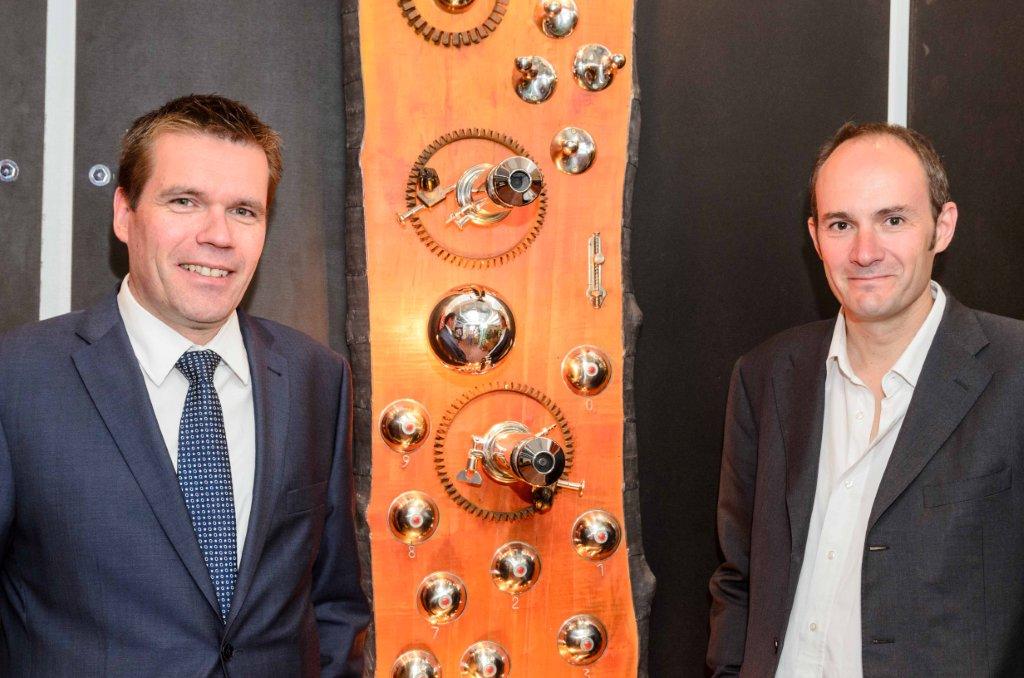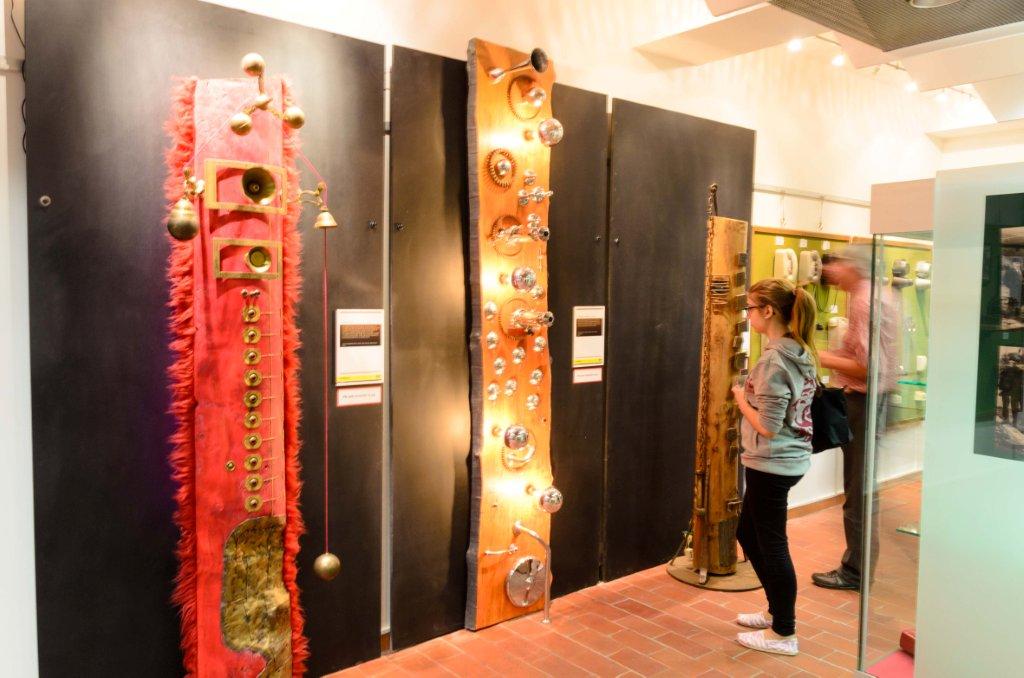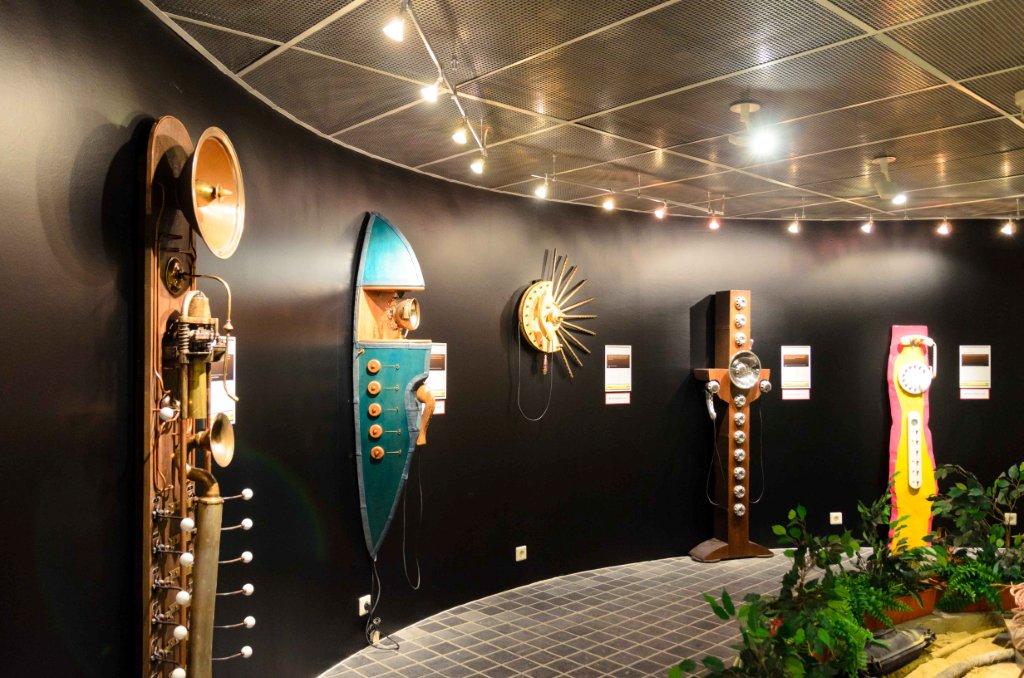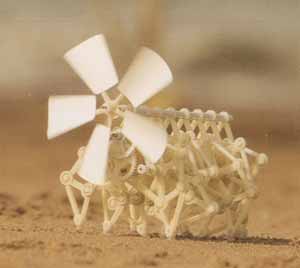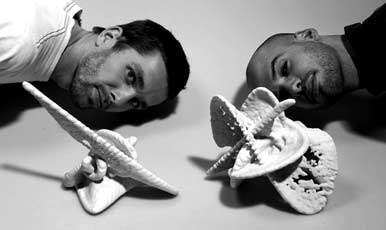L’artiste lyonnais Lionel Stocard a invité au vernissage de son exposition “Les téléphones Importables” au PostMusée à Luxembourg le vendredi 12 juillet 2013. Parmi ses 90 ‘téléphones importables’ (importables car trop volumineux et/ou trop lourds) créés par l’artiste, Post Luxembourg montre une sélection de 10 sculptures et 10 tableaux.
Après ses études d’architecture intérieure et d’arts plastiques, Lionel Stocard se consacre entièrement à la création plastique et sonore autour de son sujet de prédilection, le rêve. Très inspiré par la musique méditative, c’est au travers de ses toiles, ses sculptures, sa musique et ses installations sonores qu’il s’exprime. Sonorités mouvantes, notes défilantes, les installations de Lionel Stocard visent à bouleverser le mode d’écoute d’une pièce musicale par le déplacement physique des sources sonores dans l’espace.
À l’heure de la communication à outrance, de l’invasion planétaire du téléphone portable, Lionel Stocard invite à repenser notre rapport à l’objet et sa fonction en créant des téléphones “importables”. Ces machines à communiquer, peintes ou sculptées, lourdes, encombrantes et peu pratiques fonctionnent réellement. Les Importables sont des objets rares dans un monde envahi par la technologie. Du téléphone fixe ils gardent l’électronique, pour le reste ils nous obligent à ne pas quitter l’imaginaire qui nous aide à anticiper et à réfléchir en dehors du prêt à penser.

